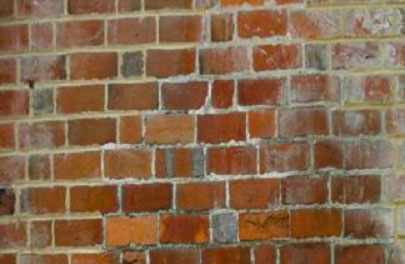(June, 2011) REVISED
EXCLUSIONS—SECTION I
This section is of extreme importance in answering the question often posed by insureds: "Is this covered by my policy?" The first place an agent often looks is in the Exclusions section of the policy. There is no insurance protection for either direct or indirect loss that is due to any of the sources of loss that appear in this policy section. The loss is excluded:
• regardless of any other cause or event contributing concurrently or in any sequence to the loss, and
• regardless of whether the damage is localized or widespread.
Another feature meant to clarify the exclusions is the mention that several sources of loss are excluded regardless of whether it is connected to human, animal or natural (force of nature) activity. This addition appears to be the type that, rather than make a point more clear, may result in creating new angles of attack for parties seeking coverage loopholes. For instance, would a loss that occurred because of some mechanical or computer-related error be interpreted as a human cause or loss or something distinct?
A. Under this part, the exclusions apply to all parts of the Special Form policy. Specifically, there is no coverage for:
1. Ordinance or Law
This exclusion refers to any loss or expense created by the enforcement of any ordinance or law regulating the construction, repair, or demolition of a building or other structure, regardless whether a physical loss takes place.
However, this exclusion does not apply to the coverage granted under Additional Coverage 11. Ordinance or Law.
Related Court Case: Pollution Exclusion Held Applicable To Damage Caused By Sealant Fumes
Besides construction-related costs, the exclusion also applies to any loss in property value or to any pollution-related loss (including expense associated with monitoring, testing, or remediation of polluting events).
SECTION I - PROPERTY COVERAGES
E. Additional Coverages
11. Ordinance or Law
a. This coverage feature allows an insured to use a maximum of 10% of the Coverage A limit to pay for increased replacement or repair costs that are caused by a law or ordinance. The law or ordinance has to be the type that controls any of the following:
• covered property that is damaged by a covered cause of loss and which has to be constructed, demolished, remodeled, renovated or repaired
• destroying and rebuilding an undamaged part of covered property when a law or ordinance requires its demolition because another part of the covered property was damaged by a covered peril
• renovating and removing or remodeling an undamaged part of covered property when a law or ordinance requires such action because similar work must be performed on another part of the covered property which was damaged by a covered peril
In other words, if a covered residence is damaged or destroyed, the policy provides up to 10% of the Coverage A insurance limit which deals with the increased loss costs created by local laws to handle the manner in which damaged or destroyed real property is rebuilt or replaced.
|
Example: More than half of Laura Clubfounder's house was destroyed by a lightning strike. Laura's home is covered in wood siding and it has an exemption from Brickville's local ordinance that requires all homes to be made of brick or to have a brick veneer on all four sides of the home. The severe loss eliminated the exemption, so Laura's repairs are joined by the cost of adding brick veneer. Since Laura's Coverage A insurance limit is $95,000, she has up to $9,500 to help pay for the additional cost mandated by Brickville's law
|

|
b. Part or all of this coverage may be used by an insured to pay for the increased cost to remove debris created while constructing, demolishing, renovating, remodeling, repairing or replacing property described in 11a.
c. This coverage does not include the following:
• any decreased value of covered property that is created by the ordinance or law
• any costs required of an insured for handling, testing and/or monitoring pollutants (as is described in the policy) related to a loss to covered property or which occurs at the covered location.
This coverage is an additional amount of insurance, so payment under this provision does NOT affect the amount of coverage that appears under Coverage A - Dwelling.